10. Naked (1993)
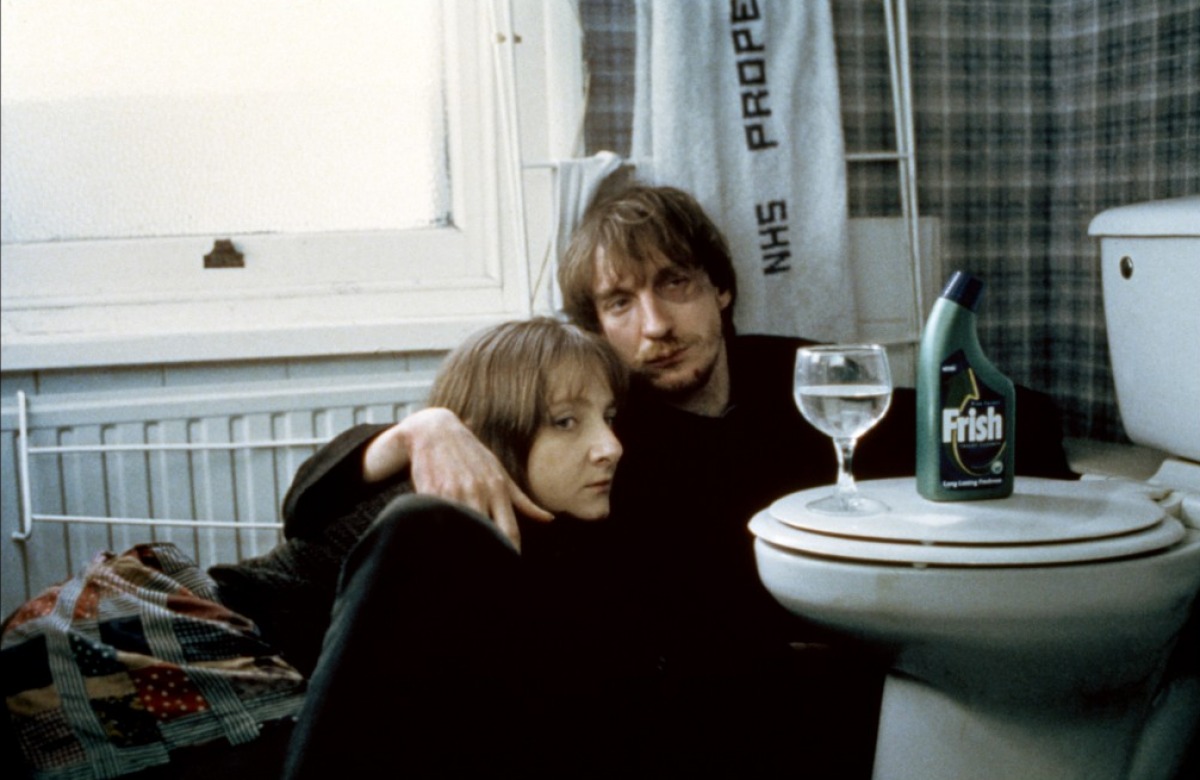
British director Mike Leigh studies the nature of ordinary people, without parallel, giving prominence to their substantial complexity. His insightful film “Naked,” amongst several other issues, appoints that sexuality can be used either as a weapon or as a shield.
The story is focused on four characters, two male and two female, acting extravagantly in order to grasp pleasure and survive under unfamiliar circumstances. The prevailing character is Johnny, a man who constantly talks about his visions of life and explains his philosophy. However, Johnny seems unsettled, as he has brutal sex with a miserable girl (Sophie) and roams the city by choice.
Sophie struggles to acquire some satisfaction, sunk in drugs and meaningless intercourse. Sophie’s roommate has had no stable relationship or residence for a long time. She seems to lie in between a past and a future without a scope, and she sleeps alone at her narrow bed in a dismal room. The fourth character is a violent and sexually abusive man who finds the perfect match in Sophie, who gets involved in a wretched sexual game with him.
Despite these differences, all characters are restless, insecure and desperate. They attempt to reach happiness without being aware of what happiness could be. All four main characters in this story principally intend to leave a place, not reach one, and in addition they take part in sexual relationships in order to calm their wounds and caress their weaknesses.
9. Boys Don’t Cry (1999)
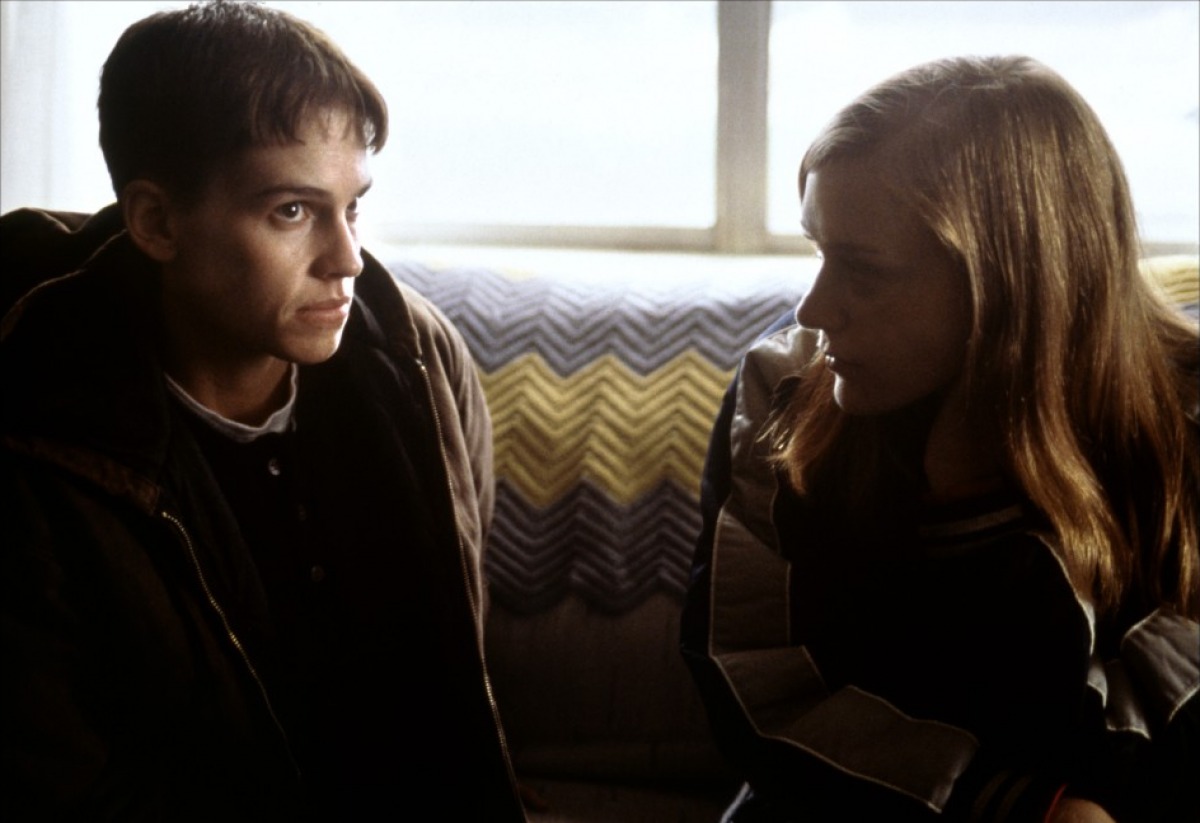
Sometimes nature can be wrong. Sometimes body and mind are incompatible, exerting a kind of constant violence to the owner. In Nebraska during the 90s, a young girl who feels like a boy claims her human right to express her real self and be loved for it. Once again, Teena Brandon is fated to deal with another facet of violence.
Dressed up like a boy and adopting the name “Brandon,” Teena decides to start a social life. Soon she meets and falls in love with a girl called Lana. Brandon is different than the boys Lana has met, not only because she is technically a girl, but also because she is the only respectful and caring person she’s met so far. Eventually, the identity of Teena is revealed. The boys of her surroundings fulfill the standards of the social setting; they rape Teena, seeking to demonstrate their male predominance. No spectator stays unmoved by the rape scene.
“Boys Don’t Cry” is not about transgenderism; it’s an example of limitation. The stunning performance of Hilary Swank as Teena Brandon is reflective of the boundaries that restrain the people who live in an unfitting body, into the mirror of common sense.
8. The Piano Teacher (2001)
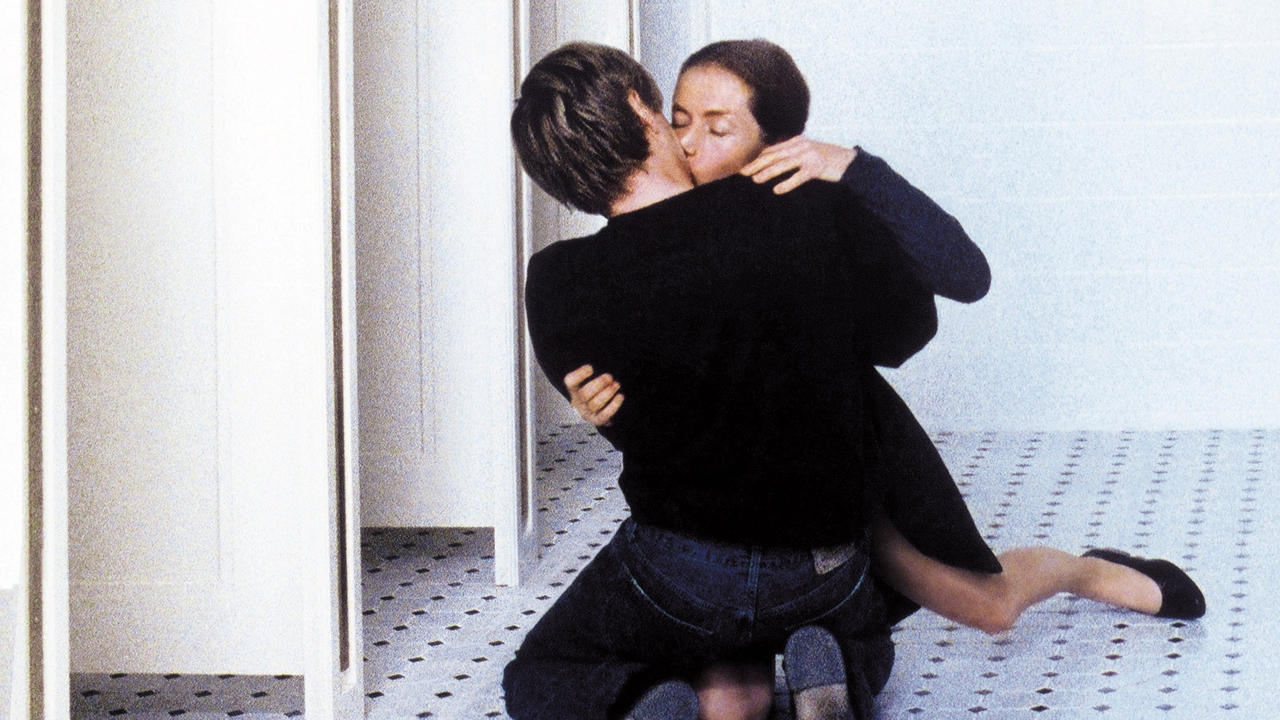
Michael Haneke has no fear of working with multifaceted subjects that possibly have no specified answers. In the dynamic character of Isabelle Huppert, he finds the perfect canvas to portray a middle-aged woman of upper class who has a complex and dark sexual profile.
Erika is a respected piano teacher who appears to be strict and disciplined. However, secretly she lives a contradicting life, defined by her sexual fetish with fragile men. Erika’s particularity is not one of the typical female sexuality issues related to the patriarchal compression; it originates from a source that the spectator is not able to know. The most remarkable scene of the movie is the one in which Erika visits a porn shop. The male customers seem to be disturbed by her presence, as though fetishism is a privilege of men.
Later on the story, Erika is sexually interested in one of her students. Although she lives in a secret world rich in sensation and lust, she actually denies sexual intercourse with her student when she has the chance. It’s obvious that there is something twisted about Erika that keeps her away from real pleasure. What exactly caused her sexual deviance, no one could tell. Several experiences are translated as trauma by the subliminal, able to affect her personality in unexpected ways.
7. Bad Education (2004)
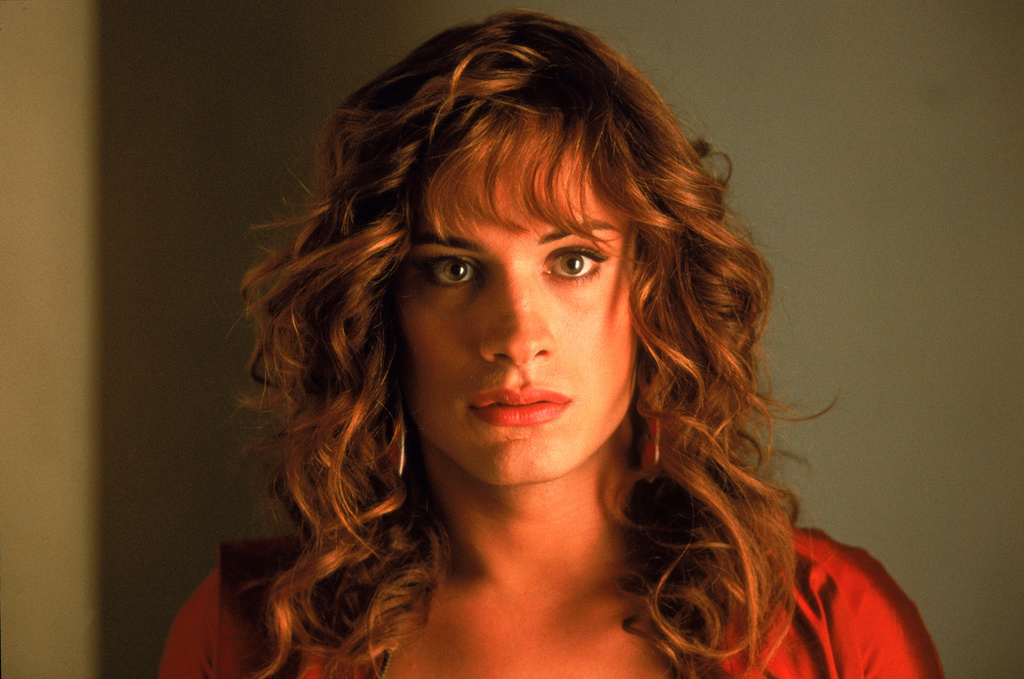
Pedro Almodóvar is probably the first director who crosses the mind, if one is thinking about movies and sex. Almodóvar never presents sex for sex; his films are about how life determines sexuality and how sexuality determines life. His film “Bad Education” is a courageous work, with an intelligent handling of time, dealing with the defining role of the early life experiences, and furthermore, with the unforced sacrifices that young people can do for love.
Ignacio is a young screenwriter who decides to visit his old friend, Enrique, who is a director, in order to discuss with him a story he wrote. Enrique was the first love of Ignacio back in school years. For the sake of his love for Ignacio, Enrique yielded to the sexual appetites of a priest. Currently, he is a travesty, though not on a regular basis.
As the story transfers to the past and comes back to the present, the circumstances are linked and the characters swirl in a dramatic circle. The sex scenes in the movie are plenty, but they don’t manage to take all the attention. Almodóvar leads to a deep understanding of his characters. The spectator lives with Enrique and Ignacio in their past and in their presence, and experiences their drama.
6. Last Tango in Paris (1972)

Many people have watched Bernardo Bertolucci’s emblematic film “Last Tango in Paris,” and very few have really been able to absorb it. Most of the interest is gathered around the sex scene, where Marlon Brando forces intercourse with Maria Schneider, assisted by a piece of butter. The film is definitely not intending to sock with blatant sexuality. Bertolucci talks about solitude and constant suffering, in the most artistic way possible.
Paul (Brando) and Jeanne (Schneider) meet in an apartment that they both intend to rent in Paris. That very day they begin an affair. They meet again and again in this apartment, under the rules that Paul sets: no names, no other activities apart from meeting there, and have sex. The reasons for Jeanne to get involved in this situation are vague; maybe she is intrigued by the mystery of an older, foreign man. On the contrary, Paul’s motives are too different.
During the film, the character embodied by Marlon Brando unfolds and soon it becomes clear that Paul is a tortured man. He recently lost his wife, but it seems he was alone even before her death. Paul’s affair with Jeanne is something he invents in order to break away from himself. The apartment where the couple meets is wrecked, bleak, dirty and empty, though in this place he wants to make love to a woman without uncovering his identity.
The setting of the apartment is reflective of Paul’s consciousness. His soul is wrecked, empty of feelings or joy. The relationship ceases to go further, while Jeanne demands to know Paul. Before the tragic end of the film, Paul and Jeanne somehow dance the last tango in Paris.
5. All About My Mother (1999)
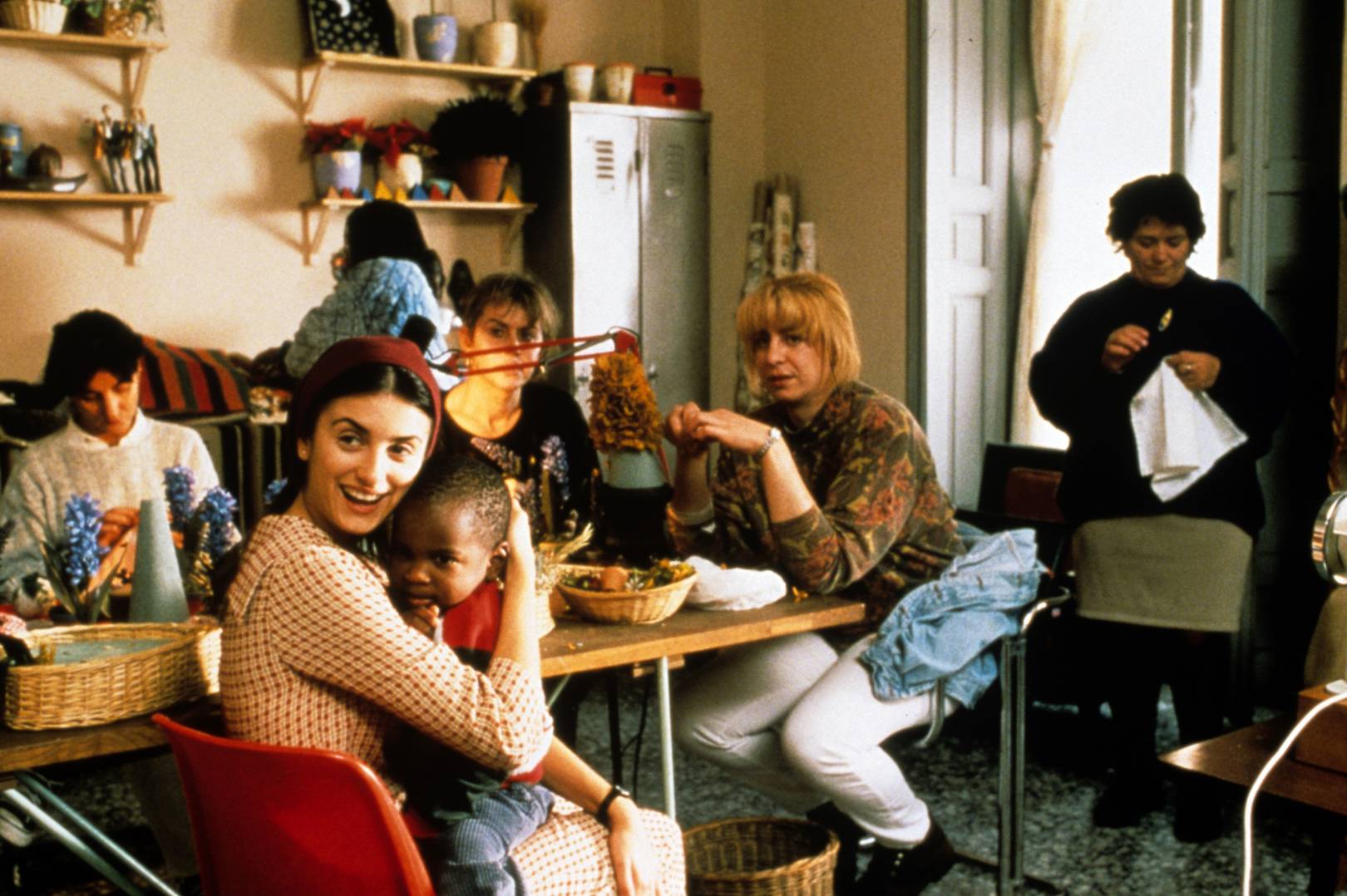
The sudden death of a teenage boy becomes the occasion that leads his mother, Manuela, to search for the boy’s father in order to inform him about the tragic incident. The quest for her former lover becomes a time-travel into her past. Her son’s father is currently a transgender prostitute. Manuela visits the places where her former lover is supposed to be, in Barcelona.
Until completing her initial scope, she meets with an old friend, Agrado, who is also a transgender prostitute. The heroine seems to move on a mosaic where all the genders are mixed in equal amounts. The world of the movie looks unreal, from one point of view. However, Almodóvar has worked through on his characters; despite their extravagant looks and lifestyle, they are real.
Pedro Almodóvar’s “All about My Mother” is one of the best movies ever made with the aim to explore the bewildering features that define the genders, and show how the adoption of such definitions affects life in a wider framework.
4. Y Tu Mamá También (2001)
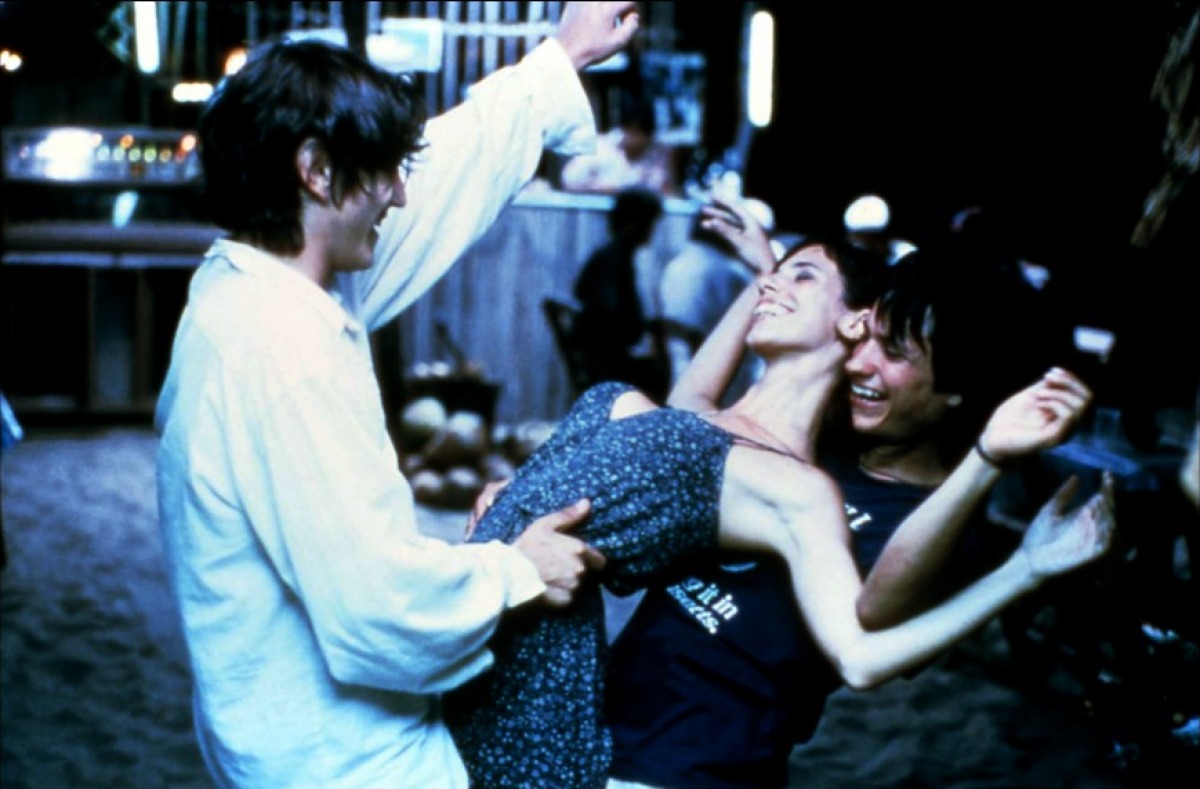
The story of two teenagers that begin a road trip with an older woman they just met, in Latin America, seems to be a very basic idea. It’s fascinating to stand for a few seconds and think about all the discoveries that this simplicity was able to clarify, after watching this movie.
Julio and Tenoch begin a road trip in order have fun during vacation. Luisa is older by 10 years and joins the company after finding out that her husband has been unfaithful. Most of the time, the three people discuss sex and subsequently they start practicing. Although they have fun, Luisa’s presence has changed the balance, and very soon personal truths and feelings that the boys have avoided come to the surface.
During this trip, the two teenagers take a valuable lesson about the significance of sex. They realize that the whole point is not to enjoy an orgasm, but to share the pleasure with other people that respectfully satisfy the same needs. Luisa grasps this trip as a last experience before she deals with the results of a fatal illness; she goes through her last moments full of life and awakening, getting ready to face the eternity of death.
3. Repulsion (1965)
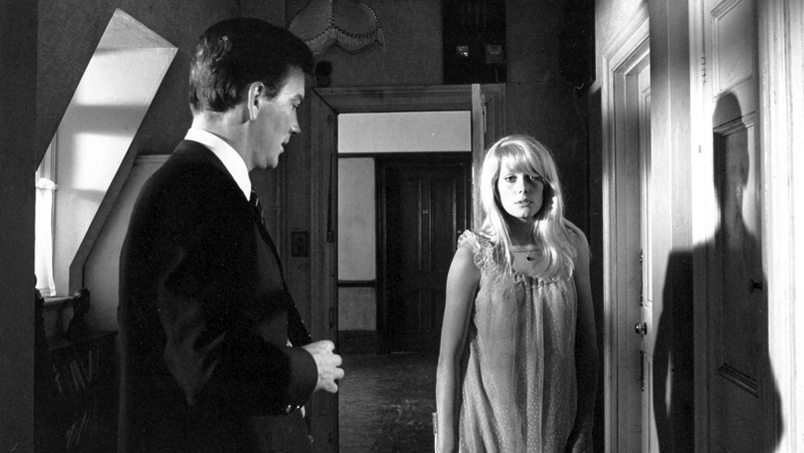
How much damage can cause a traumatic experience to the soul? Roman Polanski shows that psychological injuries can be extremely deep and capable of transforming life into an eternal nightmare. Catherine Deneuve’s terror for men’s hands stretched on her body is the living nightmare described in “Repulsion.”
The film starts with many optical views of Carol’s (Deneuve) scared, empty eyes. Carol lives a simple life in London. She never acts normally, but the problem becomes more obvious when a man tries to approach her. They go out together, but Carol never actually communicates.
During Carol’s lonely time, the optical depiction of her mental situation makes clear what happened to her. In a thrilling atmosphere, the protagonist tries to escape from men’s hands that break the walls in order to grab her. The nightmares never stop. The tragic end for this story happens when her boyfriend tries persistently to get access into her home.
Carol’s sexuality has been paralyzed. She is a woman afraid of men and contact. “Repulsion” is an innovative psychological thriller, but substantially it is a heartbreaking drama about a woman who lost her chance to enjoy life after being sexually abused.
2. Welcome to the Dollhouse (1995)
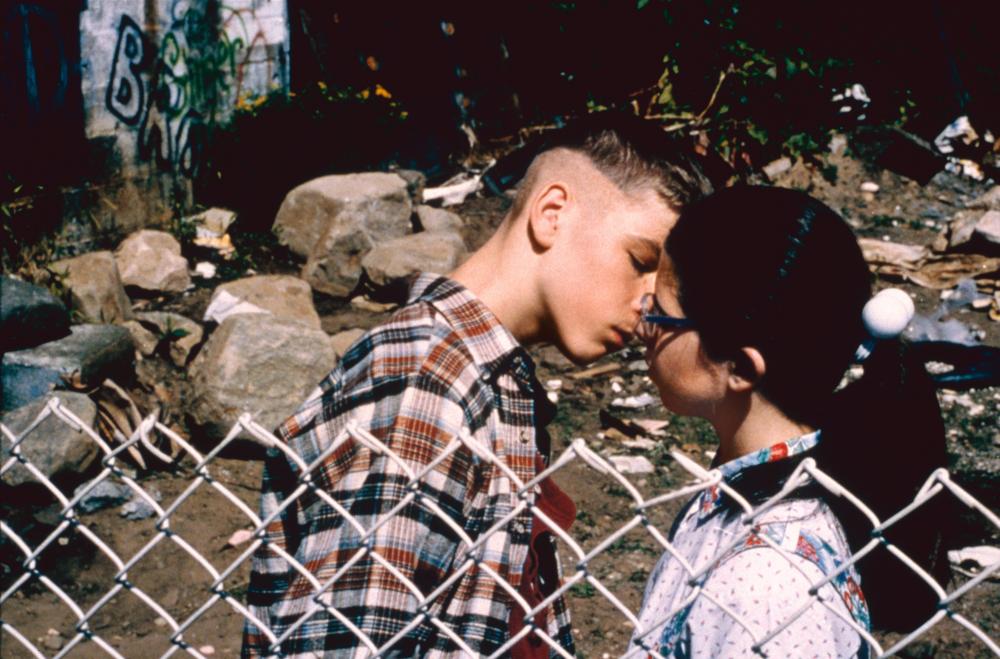
Todd Solondz dares to describe the cruel world of teenagers as it really is, and he focuses on the ones who face more problems than the ordinary people during their transitional period from puerility to adulthood.
The main character of the film, Dawn, after a first look seems to belong in a girl type that exists in every school class. She wears glasses, she has a graceless body, and she prefers to observe silently that to act. Her classmates make fun of her and boys are unwilling to flirt with her. Dawn’s curiosity about sex is bigger than usual, or maybe more philosophical.
An older boy senses that Dawn is extraordinary and he attempts to approach her in a typical juvenile way. Brandon arranges an appointment with Dawn in order to rape her and she accepts the invitation, giving an even more paradoxical end to an already paradoxical discussion.
Teenagers are always afraid to discover the constituents that built the adult life. They hear about new things and subsequently they experiment between each other in order to absorb them. Some teenagers are excluded by these kinds of interactions, usually because they differ. Often, excluded adolescents are more afraid, more curious and thus more experimental whenever they have the chance, and eventually they transform into adults much earlier.
1. Belle de Jour (1967)
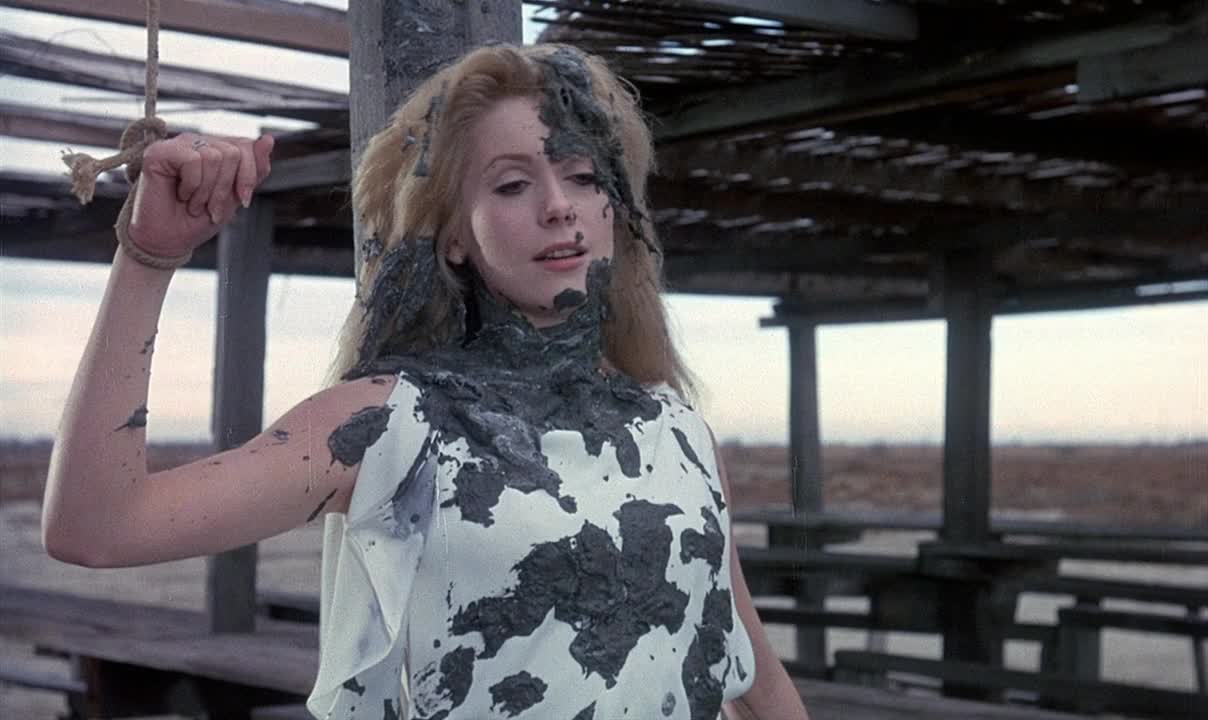
It is said very often that women are much more complicated than men, that a woman’s action is rarely what it seems. Luis Bunuel, one of the best directors of all time, looks into the female nature and demonstrates his conclusions in his film “Belle de Jour.”
Catherine Deneuve plays the role of Severine, a young beauty who has married a good-looking and successful man. Severine decides to get a part-time job as a prostitute. The more she works in the brothel, the more she is intrigued and satisfied.
Eventually, she begins an affair with a customer. Her new lover has a vulgar and plebeian attitude that provokes her to be a part of the mysterious place where he lies. What leads Severine to such paradoxical choices? It is wrongly assumed that most women would be complete and satisfied after finding one perfect match. Female nature needs to experiment, evolve and intrigue a possible audience. Severine herself epitomizes the female sexuality.
Author Bio: Marillie Damoulianou is a Geologist from Greece. She’s also a cinema lover, with special preference to the European film movements.